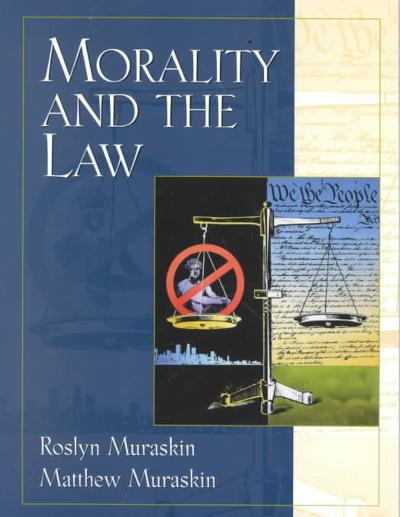Question
Urgent please The secondary sector involves manufacturing and processing, i.e. the conversion of raw materials and components into goods. In this case, Vin group has
Urgent please
The secondary sector involves manufacturing and processing, i.e. the conversion of raw materials and components into goods. In this case, Vin group has commercial interests in manufacturing. For example, one of its divisions, Vin Fast, manufactures cars and motorcycles. Vin group hopes to encourage the development of the industrial and manufacturing sector in Vietnam, contributing to the industrialization and modernization of the country. In 2018, Vin group started to make mobile phones. The phones are being manufactured at a large factory in Haiphong. The tertiary sector is related to the provision of services. In this case, Vin group also has a range of commercial interests in the services. For example, VetPro is the group's retail operation dealing with the sale of electronics, smartphones, tablets, laptops and home appliances. Vin group also has commercial interests in shopping malls, offices, apartments, and commercial centers, as well as urban areas. It also operates hotels, resorts, restaurants, golf courses, suites and villas, theme parks, amusement parks, conservation parks and family entertainment centers. Finally, the group controls a number of hospitals and educational institutions.
11 I am a third-year student nurse and am currently researching a case study based on the biopsychosocial history of a patient who suffers from chronic hepatitis C, which initially occurred as a result of injecting drugs. I am confused about the biological effect of hepatitis: how exactly does it affect the liver?
12 What are the admission criteria for a case of acute viral hepatitis?
13 I would like to know where I can find details on hepatitis B virus (HBV) infection: chronic carrier, asymptomatic [normal liver function tests, HBV DNA/real-time polymerase chain reaction (PCR)
240 copies/mL, core less than 0.1]. Does a patient with such a profile need therapy or fine needle aspiration (FNA) biopsy? What is the possibility of hepatocellular carcinoma (HCC) in such a patient? Question 14 In chronic hepatitis B virus (HBV) infection, when anti-hepatitis B e antibody (anti-HBe) develops (seroconversion), the antigen disappears and there is a rise in alanine transferase (ALT). However, the graph in your book (K&C 7e, p. 337, Fig. 7.16) seems to show a fall in ALT at this point. Which is correct? Question 15 Interferon can be used in prophylaxis from hepatitis C after exposure. Could you explain how this can be used, and what degree of success can be expected as a result? 16 What is the latest recommended drug treatment for hepatitis C?
17 Can hepatitis C disease be treated in a carrier state completely by giving interferon?
18 I am a carrier of hepatitis C (HCV) and am going to have antiviral treatment soon. Are the side-effects of antiviral treatment for HCV bound to occur? I am very worried.
19 Besides needle-pricks, how else is it possible to contract hepatitis C from a hepatitis C (HCV)-positive patient? Are the patient's skin/sweat (or other bodily secretions) infectious?
20 What is the risk of infection with hepatitis C from blood splashed into the eyes?
21 Hepatitis C (HCV): if results from the polymerase chain reaction (PCR) examination are inconclusive, what does this mean? Should further investigations be undertaken and, if so, will there be a risk of chronicity?
Step by Step Solution
There are 3 Steps involved in it
Step: 1

Get Instant Access to Expert-Tailored Solutions
See step-by-step solutions with expert insights and AI powered tools for academic success
Step: 2

Step: 3

Ace Your Homework with AI
Get the answers you need in no time with our AI-driven, step-by-step assistance
Get Started


